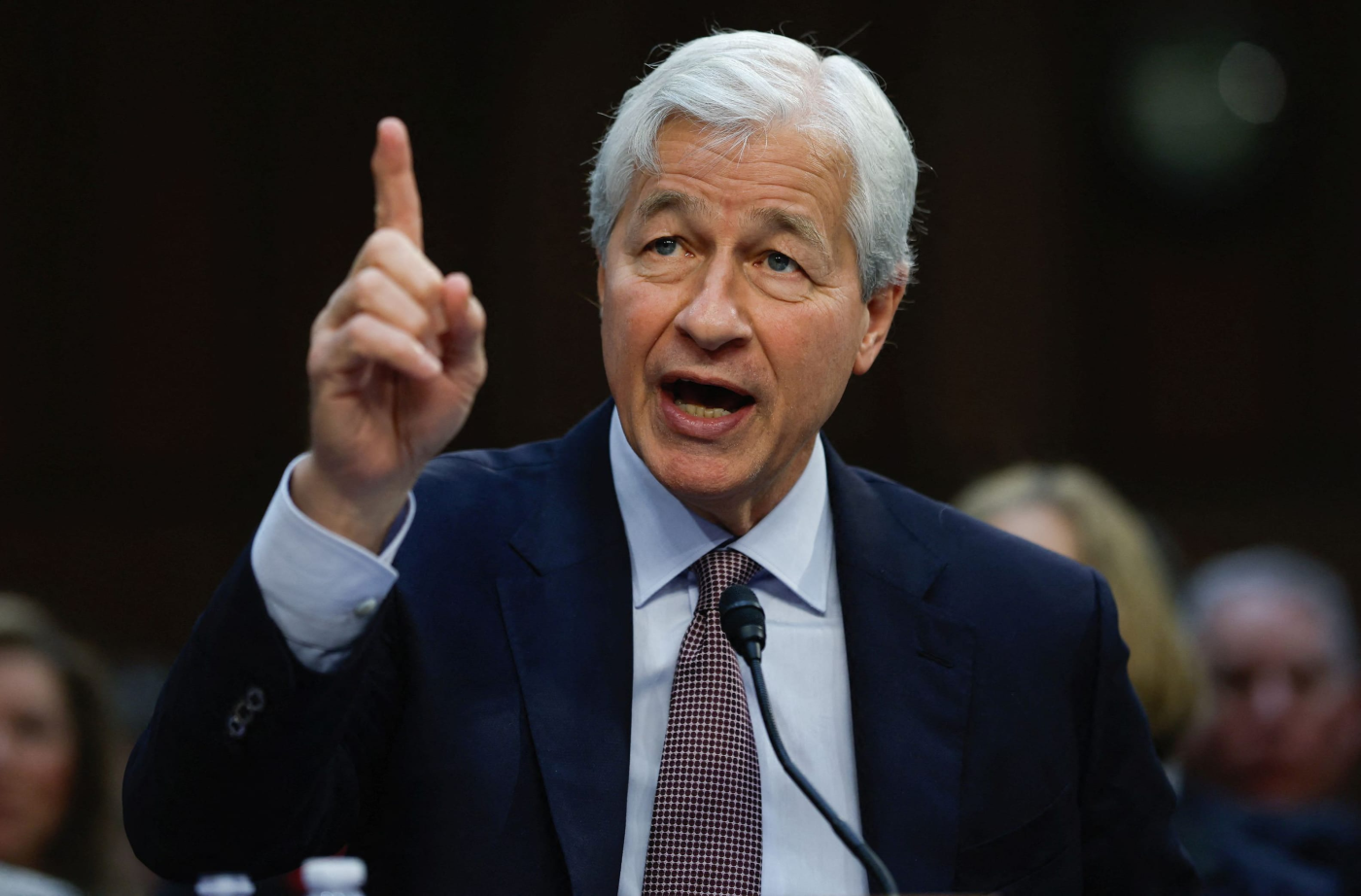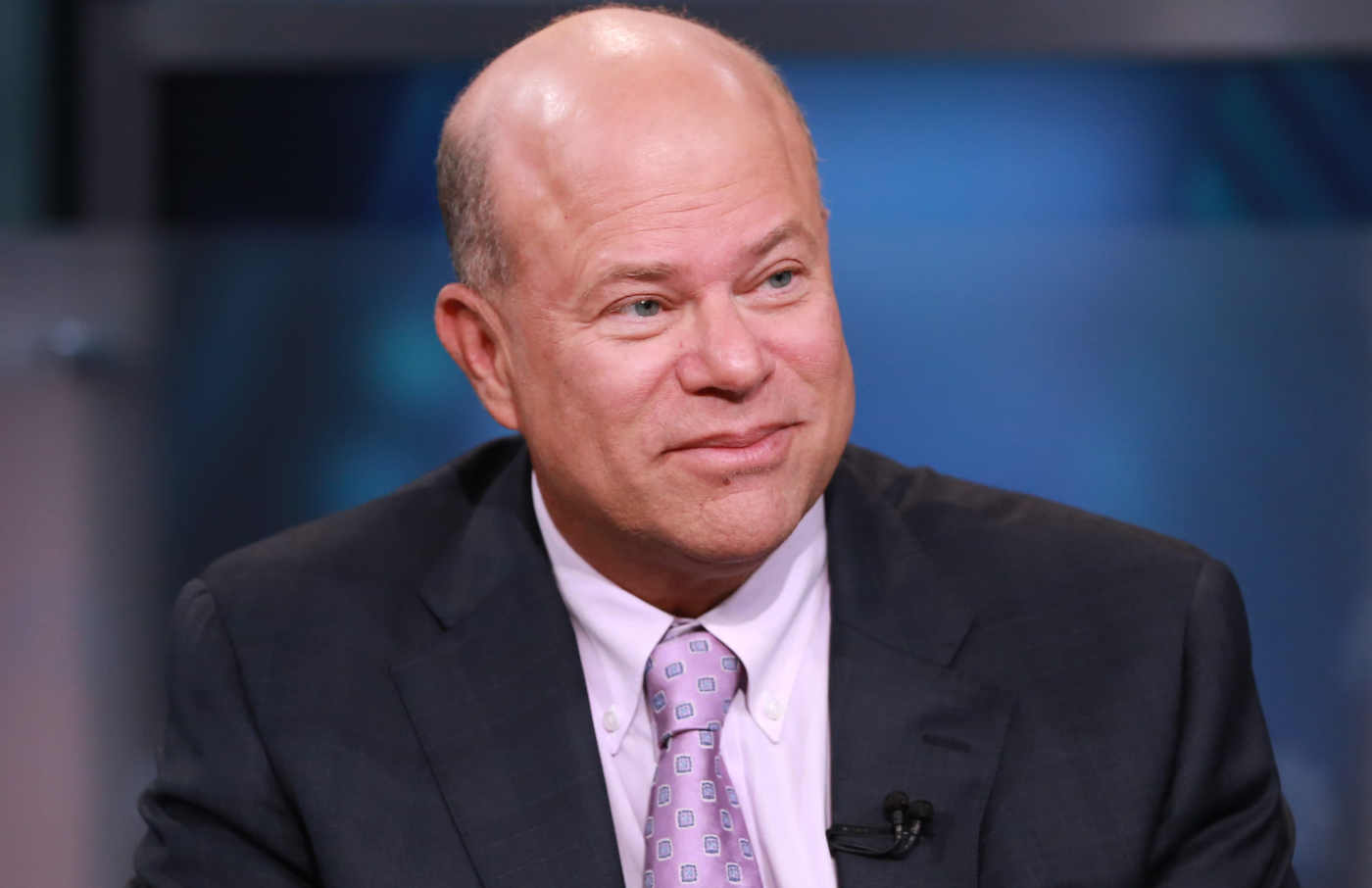- Markets await German inflation data
- Strong odds of October ECB rate cut
- Euro about to mark biggest quarterly profit in two years
The euro rose in European trade on Monday against a basket of major rivals, resuming the gains against the dollar after a short hiatus on Friday and approaching 14-month highs once more ahead of German and euro zone inflation data.
Traders also await a speech by European Central Bank President Christine Lagarde to gather more clues about the future of European interest rates this year.
Euro is on track for the biggest quarterly profit in two years on hopes for a reduction in the eurozone-US interest rate gap, as the Federal Reserve is expected to continue cutting interest rates aggressively.
The Price
The EUR/USD pair rose 0.35% today to $1.1198, with a session-low at $1.1150.
The pair closed down 0.2% on Friday on profit-taking off a 14-month high at $1.1214.
The euro was hurt back then by data that showed Spanish inflation slowed down more than expected.
Media Reports
According to media sources, the European Central Bank is leaving the October interest rate decision open for the time being.
Deutsche Bank is now expecting a faster rate of interest rate cuts by the ECB, with two consecutive 0.25% rate cuts starting October.
The German bank is not ruling out a 0.5% rate cut by the ECB in December.
European Rates
Following the media reports, the odds of a 0.25% ECB interest rate cut in October rose to over 80%.
Inflation Data
Now investors await important data later today on German inflation for September, followed tomorrow by inflation data for the whole eurozone, to gauge the likely path ahead for monetary policies.
Lagarde
Later today, ECB President Christine Lagarde will speak about monetary policies ahead of the European Parliament, and might provide clues on the future of interest rates and the fight with inflation.
Quarterly Trades
The euro is up 4.5% so far this quarter against the dollar, about to mark the biggest quarterly profit since the last quarter of 2022.
- Incoming Japanese PM supports monetary easing
- Early Japanese elections could weigh on yen
- Yen about to mark best quarterly performance since 2008
The yen fell in Asian trade on Monday away from two-week highs against the US dollar amid profit-taking and after bearish remarks from incoming Japanese PM Shigero Ishiba.
Nonetheless, the yen is still heading for its best quarterly performance since 2008 after an effort by the Bank of Japan to normalize monetary policies and raise interest rates.
The Price
The USD/JPY pair rose over 0.6% today to 142.95, with September 20 lows at 142.04.
The yen closed up 1.8% on Friday against the US dollar away from three-week lows at 146.49.
Last week, previous defense minister Shigero Ishiba was chosen as the leader of the governing Liberal Democratic Party in Japan.
Ishiba
Shigero Ishiba’s leadership win at the Liberal Democratic Party in Japan paves the way for him to become the next Prime Minister.
Ishiba is expected to show new management and leadership at the party and government according to local media.
In recent remarks, Ishiba expressed support for the Bank of Japan’s efforts to achieve economic targets.
After his electoral win, Ishiba said that monetary policies should remain supportive due to current conditions, which stymied the yen’s advance in recent days.
Quarterly Trades
Yen is up a stunning 12% against the US dollar in the third quarter of the year, about to mark the first quarterly profit in three, and the largest since 2008.
It comes after the yen plumbed 38-year lows on July 3 at 161.95 due to the interest rate gap between Japan and the US.
Japanese authorities intervened more than once to boost the local currency and prevent excessive weakness.
Operational data from the BOJ showed it spent nearly 6 trillion yen, or $35 billion, on July 11 and 12 to support the yen, which triggered aggressive unwinding of the yen carry trades.
The BOJ also raised interest rates twice this year so far and announced plans to tighten policies and reduce purchases of government bonds gradually across two years.
Conversely, the Federal Reserve opened the way to ease policies and already started to cut rates aggressively by 50 basis points, reducing the rate gap with Japan to 475 points.
That helped the yen to mark 14-month highs at 139.58 against the dollar in September.
US stock indices rose on Friday on track for weekly gains, with both Dow Jones and S&P 500 marking fresh record highs.
Earlier government data showed US personal spending rose 2.2% in August, slowing down from 2.5% in July.
The Federal Reserve cut interest rates by 50 basis points last week and is likely to cut them by the same amount at the November meeting according to the Fedwatch tool.
US President Joe Biden said the US economy grew by over 10% during his presidential term, with savings and consumer spending all scoring gains.
Biden also pointed to today’s data, which showed inflation has slowed down to 2.2%, which are levels comparable to before the Covid 19 pandemic.
On trading, Dow Jones rose 1% as of 15:38 GMT to 42597, while S&P 500 rose 0.1% to 5752 points. NASDAQ bucked the trend with a 0.2% dip to 18145.
- Oil prices hold their ground above two-week lows
- Report about Saudi Arabia’s commitment to increase output in December
Global oil prices rose in American trade on Friday for the first session in three days, settling above two-week lows amid short-covering.
Despite the gains, oil prices are still heading for weekly losses after a report about Saudi Arabia’s commitment to hike oil production in December.
It stoked concerns about another supply glut in the global market, which overshadowed earlier data about a large US inventory drawdown last week.
Prices
US crude rose over 0.9% today to $68.10 a barrel, with a session-low at $67.09.
Brent rose 1.3% to $72.12 a barrel, with a session-low at $70.89.
On Thursday, US crude tumbled 3.4% to a two-week low at $66.97 a barrel.
Brent fell 3.2% yesterday to September 12 lows at $70.70.
Weekly Trades
Oil prices are down 4.05% so far this week, on track for the first weekly loss in three weeks.
Saudi Output
The Financial Times reported that Saudi Arabia is willing to give up its unofficial price target at $100 a barrel.
According to sources, Saudi officials are preferring to hike oil production in December, even if it led to a prolonged phase of lower oil prices.
Libyan Output
Prices are also pressured by expectations that Libyan crude output will spike in upcoming weeks as warring factions reach a deal to appoint a new central bank governor.
US Stocks
The Energy Information Administration reported a drop of 4.5 million barrels in US crude stocks last week to a total of 413.0 million barrels, while analysts expected a drop of 1.3 million barrels.
Gasoline stocks fell by 1.5 million barrels to 220.1 million barrels, as distillate stocks fell by 2.2 million barrels to 122.9 million barrels.
US Production
The EIA reported no change in US crude production last week, remaining at 13.2 million barrels, the lowest since the week ending June 7.
Disclaimer: The copyright of this article belongs to the original author. Reposting this article is solely for the purpose of information dissemination and does not constitute any investment advice. If there is any infringement, please contact us immediately. We will make corrections or deletions as necessary. Thank you.







